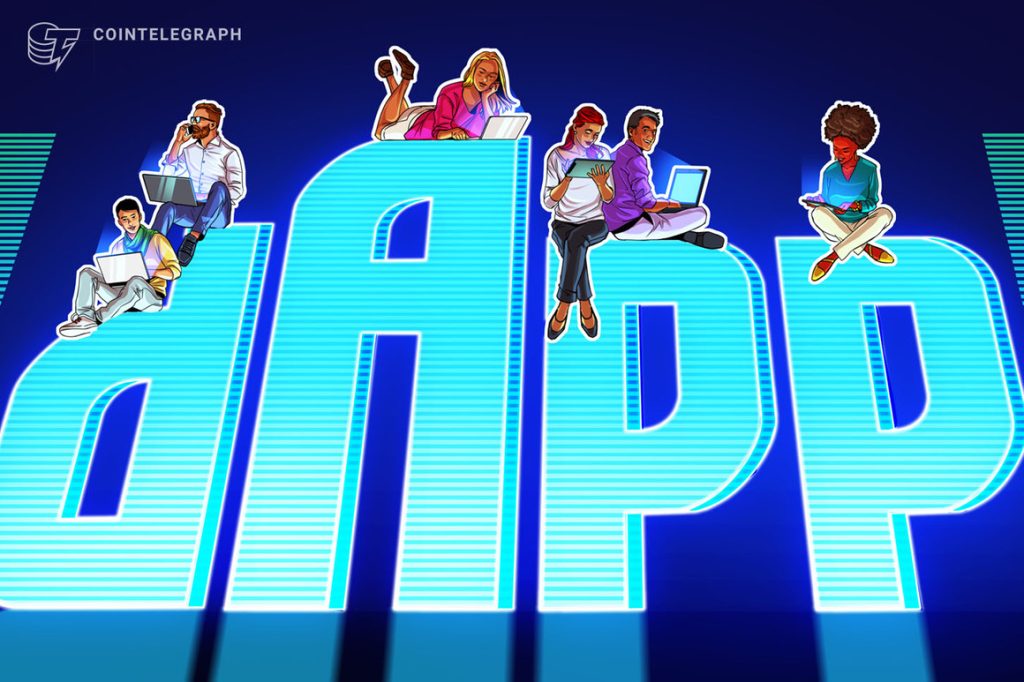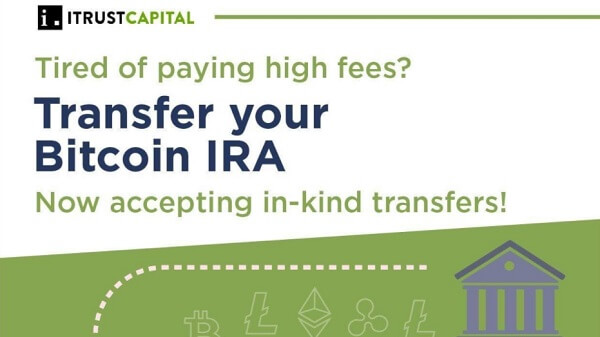The estimated windfall Apple got from its App Store in 2020 is $67 billion. That’s up from $50 billion in 2019, a 28% increase. Even as the company has lowered its commissions for smaller developers, the App Store remains a major component of Apple’s bottom-line profits. And it’s not just Apple taking a cut of developer revenue: On Android, the world’s most popular mobile operating system, the Google Play Store netted $38.6 billion in 2020.
That’s over $105 billion in revenue from the top two app stores combined. It’s no wonder that regulators in many countries are closely considering whether there is sufficient competition in the marketplace. So it should come as no surprise that Coinbase, America’s most visible and well-known crypto exchange, also wants to be the on-ramp to the decentralized application economy.
But what do we sacrifice when we replace one gatekeeper for another? Does it jeopardize the decentralized ethos and accessibility for all that’s sacred to many crypto believers? These are important questions worthy of discussion as we build on our momentum and push further into the mainstream.
Related: Decentralization vs. centralization: Where does the future lie? Experts answer
The 80/20 rule
Vilfredo Pareto had it right with his 80/20 rule: 80% of revenues comes from 20% of customers. However, in the case of Apple’s App Store, it’s more like the 95/2 rule: 95% of revenue comes from the top 2% of apps.
Let’s assume that a decentralized application (DApp) store would reflect a similar reality, where the most successful apps generate the most revenue. That means any DApp store that managed to secure the most popular apps would have a huge advantage. The most well-funded platforms would spend lavishly to gain exclusivity and secure gatekeeper status. Then, anyone that wanted to access the top apps would need to go through that gatekeeper.
The monopolistic elements of any app store are what make the economics so lucrative. If you own the rails, you own the profits — it’s that simple.
But the 80/20 rule shouldn’t extend to Web 3.0 economics. Rather than many profits for the few, it’s many profits for many more, with users participating in the governance, growth, maintenance and daily operations of the ecosystems they favor. The ownership aspects of the Web 3.0 economy distribute rewards to ecosystem participants more evenly based on their contributions. It’s a more balanced dynamic that proposes a new way to do business.
Related: Is a new decentralized internet, or Web 3.0, possible?
Building the Web 3.0 DApp store
What will it take to ensure truly decentralized distribution for DApps? We’d need a DApp store that meets a few criteria:
Governance — first and foremost, a DApp store would be run by the community. There would need to be a decentralized autonomous organization to vote on all governance issues, such as commissions, security, etc.Ownership — profits would be distributed to the community according to its governance structure. There would also need to be funds reserved for the organization to manage app verification, secure the system and maintain the community.Tokenomics — there’s an opportunity to do some very interesting things around incentivizing developers to use the platform exclusively and do other key tasks like support the distribution infrastructure and other essential technologies.Interoperability — users should be able to move freely between different DApp stores, taking their apps (and their data) with them. There can be no one DApp store to rule them all.
Related: Game theory meets DeFi: Bouncing ideas around tokenomic design
Apps are the center of the digital economy, something that will continue as we progress toward Web 3.0. The on-ramps into decentralized finance, nonfungible tokens and other emerging digital assets require mobile access points that bridge the gap between those who have laptops and those who only access the internet via mobile devices.
We’re in the midst of the transition from Web 2.0 to Web 3.0. While gatekeepers remain in positions of strength, they will continue to pursue user growth alongside decentralized protocols looking for access points to new users.
When we’ve truly transitioned into Web 3.0, we’ll likely see DApps that serve smaller niches than they do today. We’ll see a vibrant ecosystem of DApps that are more focused and developed by compact teams.
Related: How NFTs, DeFi and Web 3.0 are intertwined
We’ll also see apps deconstructed into component parts. For instance, a decentralized exchange will be deconstructed into several layers: the user-facing front-end, the aggregator back-end and the liquidity provider as infrastructure. It’s akin to the “monolith to microservices” evolution in the software cloud infrastructure space.
Without true decentralization when it comes to apps, we’ve simply replaced one gatekeeper for another. The key here is going to be the community’s commitment to supporting a diverse array of app store gateways.
What’s at stake?
The risk is that, on our inevitable journey into the mainstream, convenience and ease-of-use will trump decentralization. In fact, that’s often why centralized gatekeepers emerge: they make things less complicated, which in turn makes things more accessible to the masses.
As the crypto community works together to build a thriving digital asset economy that benefits the majority, we must all keep these tradeoffs in mind. We absolutely must make digital assets easy to understand and accessible while also pushing back on any arguments that centralizing power in the hands of the few is a worthy tradeoff on the fast track to the mainstream.
We can — and should — push back to protect what makes our shared vision so powerful: a future that’s accessible to all.
This article does not contain investment advice or recommendations. Every investment and trading move involves risk, and readers should conduct their own research when making a decision.
The views, thoughts and opinions expressed here are the author’s alone and do not necessarily reflect or represent the views and opinions of Cointelegraph.
Diane Dai is the co-founder and chief marketing officer of DODO, a decentralized digital asset exchange based in Singapore. She is a pioneer in the Chinese DeFi community and has extensive experience in marketing, social media management and business development. Prior to founding DODO, she spent time at DDEX and CypherJump.






